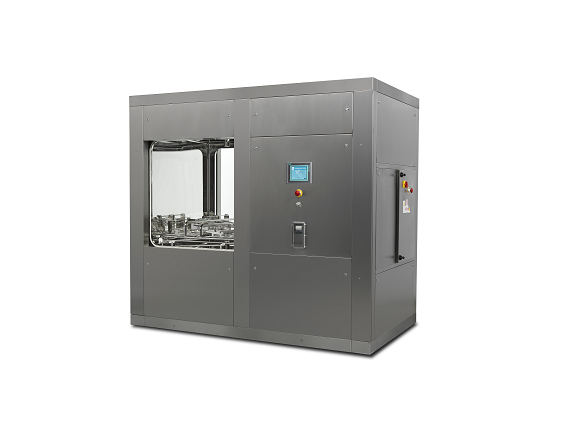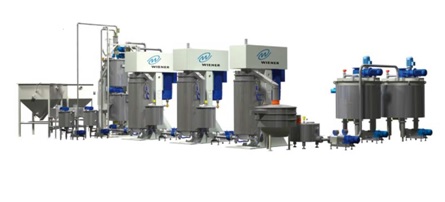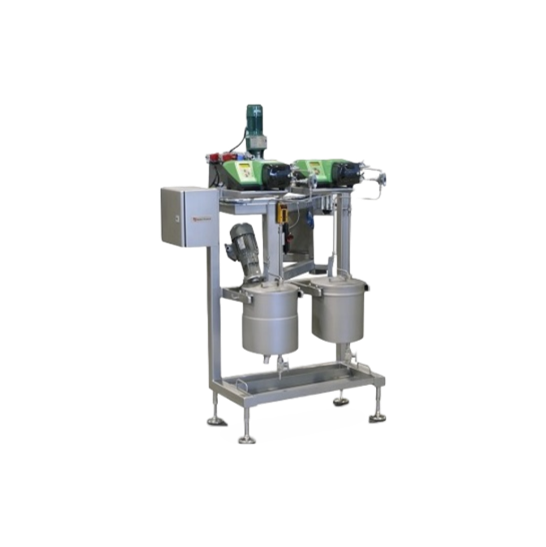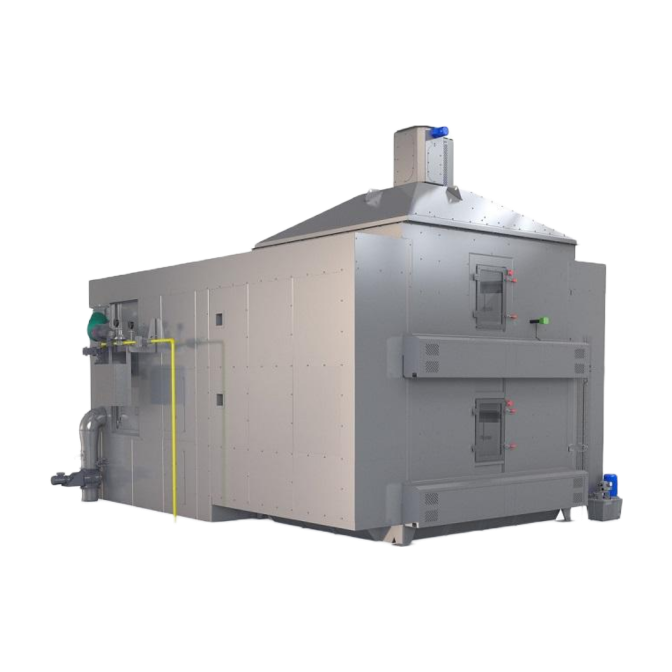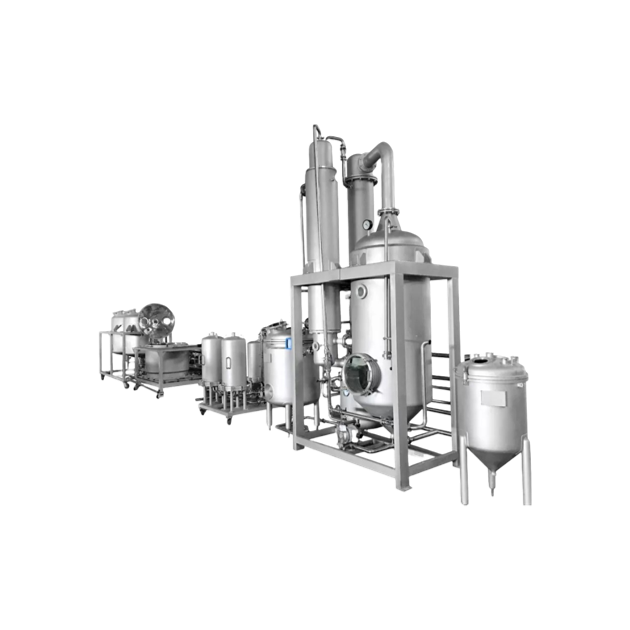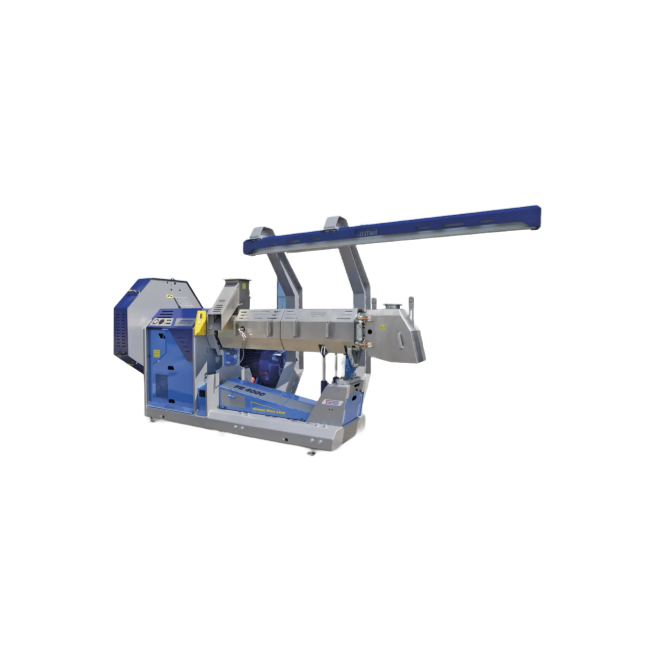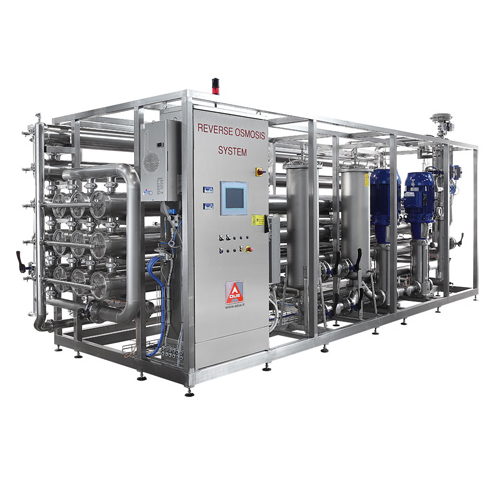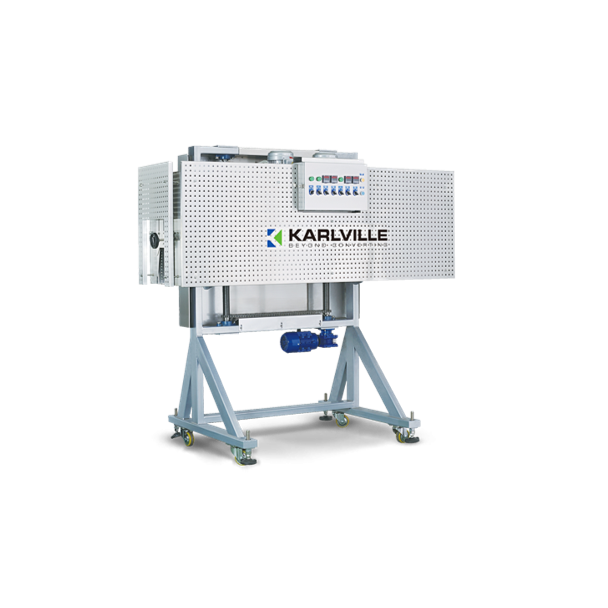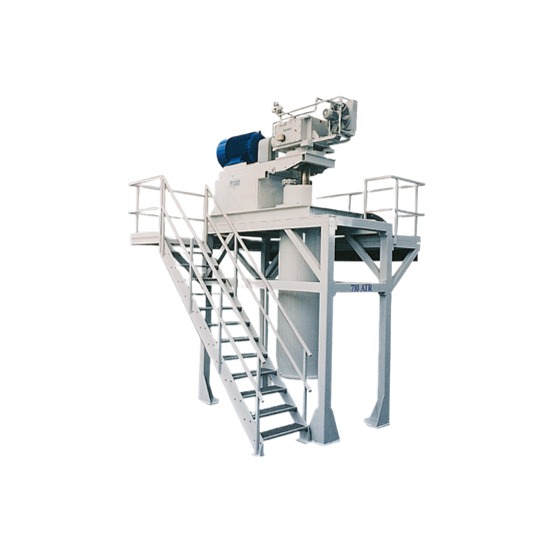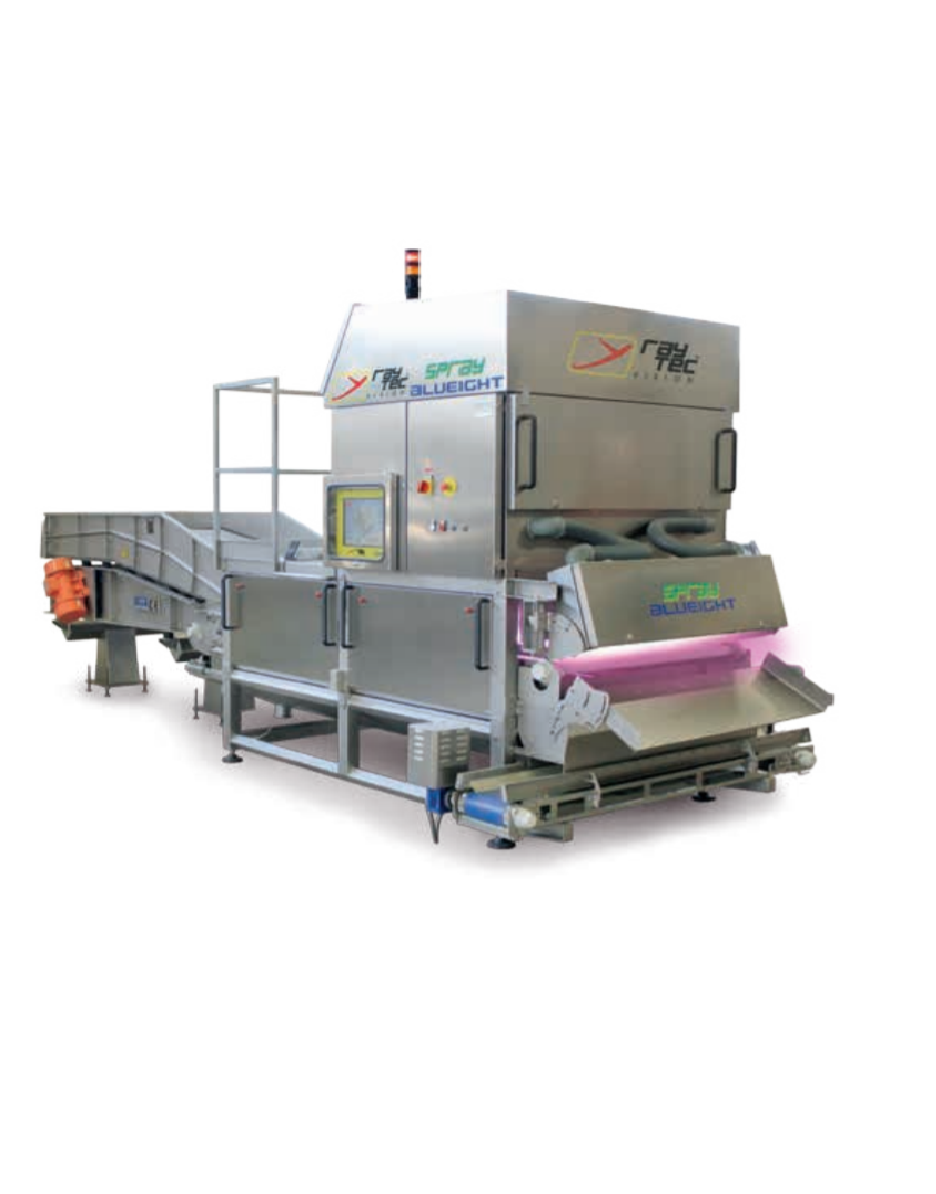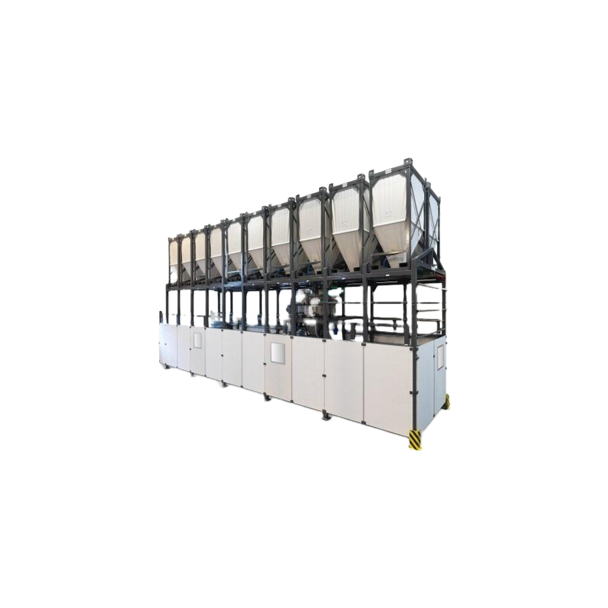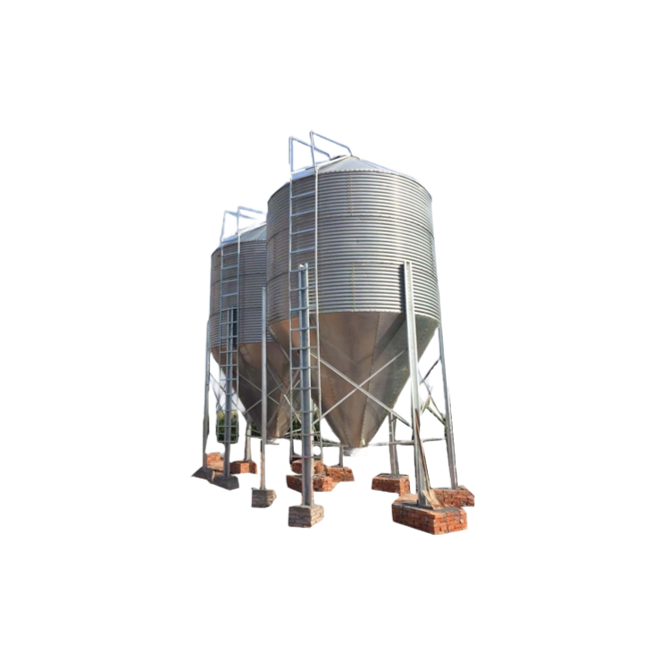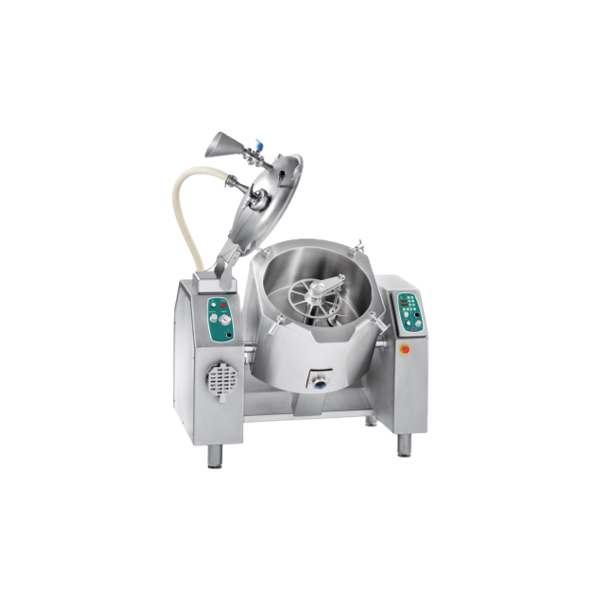
Making Soybean Meal
Find innovative production technology for making soybean meal and connect directly with world-leading specialists
Only about 6% of the soy produced globally is directly consumed by humans, typically as edamame beans, tofu, or soy milk. More than three-fourths of global soy production goes to animal feed. The rest is processed by soybean meal technology into oils or used for biofuels and other industrial processes.
Select your soybean meal process
Tell us about your production challenge
Getting rid of soybean anti-nutrients
Soybeans have proteins and fat that make them great for human and animal consumption. But they also have some anti-nutrients that can be harmful to health. Soybean meal technology employs two main methods to reduce these anti-nutrients.
You can use a slow industrial cooker. Here soybeans will pass through chambers heated at different temperatures. This way, you get rid of the anti-nutrients. Moreover, the bean will be preserved, and its amino acids, fat, and proteins.
On the other hand, you can use an extruder. The anti-nutrients will be inhibited in a short time with a high temperature. Consequently, you will get a full-fat soy meal, which you can pass through a press to extract the oil and get soy cake.
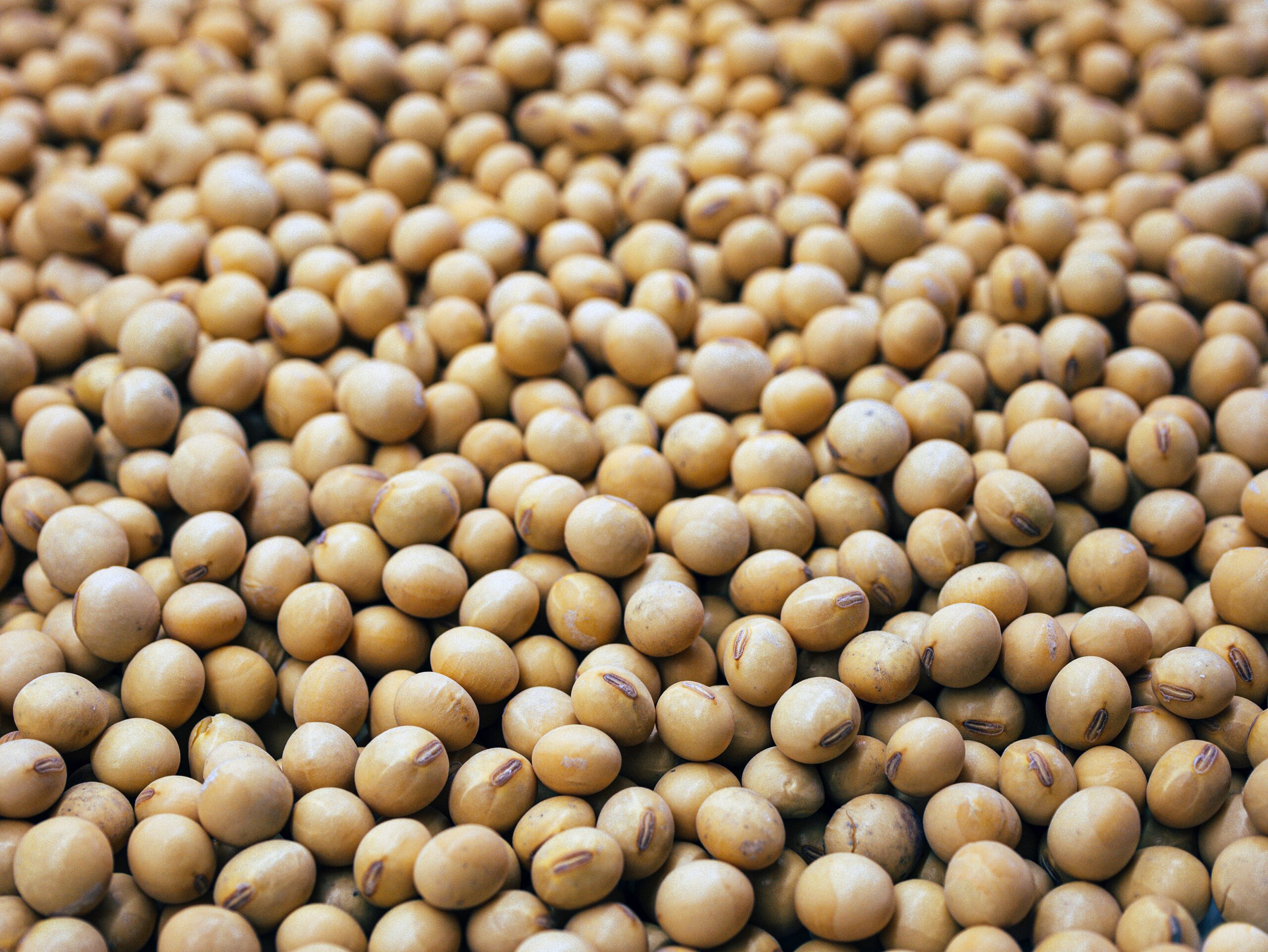
Leverage soybean meal technology for plant-based meat products
Whether full fat, low fat, or defatted, most soybean meal products used for human consumption need further processing, such as extra milling and drying.
Although the majority of soy meal is used for animal feed, industrial production forms a critical part of plant-based trends in novel foods. You can make soy protein shakes, soy flour, soy patty burgers, sausages, and even bacon.
In addition, there are many ongoing types of research for future development and uses of soybean production for industrial uses. For example, the extracted soy oil can be used as building materials, biodiesel, lubricants, and even soy-based tires.
Are soy production and soybean meal consumption coming to an end?
Soy production and consumption increased in the world. The demand for cropland expansion for soy plantations has increased as well. Soy is one of the biggest causes of deforestation. As well as its side effects of biodiversity loss, soil erosion, carbon emissions, and water contamination.
The demand for soybean meal production to feed livestock can be replaced with alternative proteins. If alternatives such insect-protein are used, then not extra land will be needed. Soy production can continue to exist if soybeans would be cultivated in a sustainable way. And land used for soy aimed at animal feed would be reforested.
Processing steps involved in soybean meal making
Which soybean meal technology do you need?
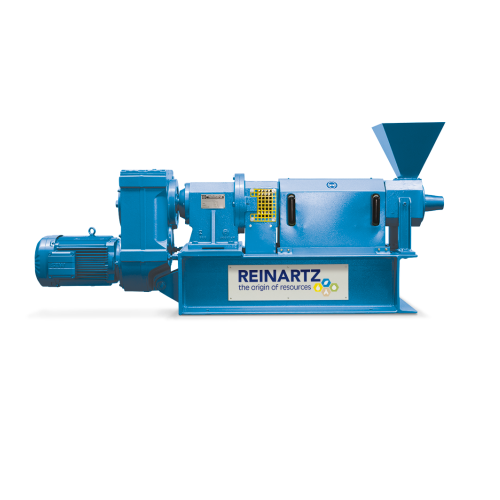
Screw press for mechanical oil extraction
High demand for feed in the animal husbandry sector necessitates efficient proce...
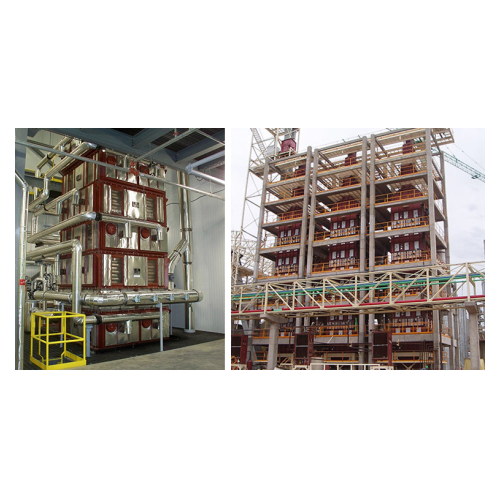
Vertical seed conditioning system for oil extraction
When preparing seeds for oil extraction, it’s vital to heat an...
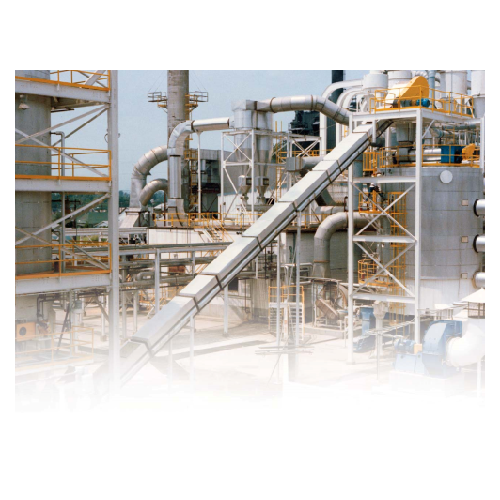
Efficient desolventization and toasting solution for oilseeds
In the processing of oilseeds, such as soybeans and canola...
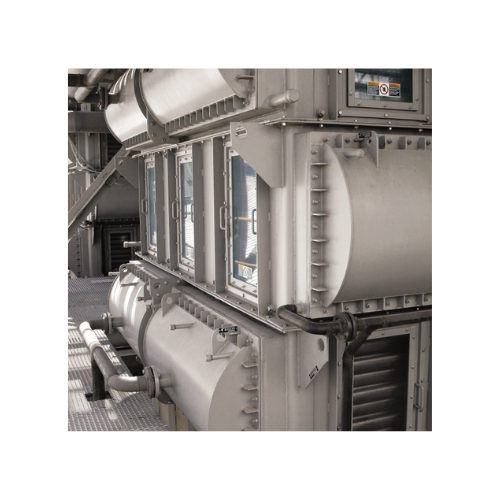
Seed conditioning system for soybeans and rapeseed
When processing soybeans or rapeseed, effective seed conditioning is c...
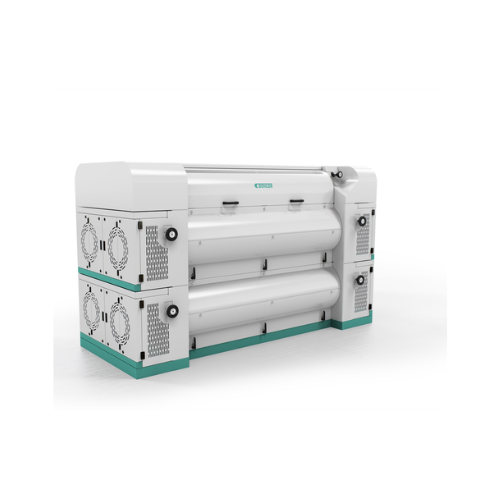
Cracking mill for oilseeds and feed
In the oilseed and feed industry, the challenge of optimizing throughput while maintain...
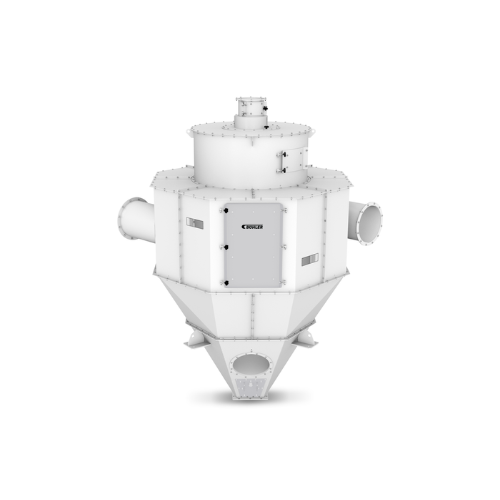
Soybean dehulling separator
In soybean processing, separating hulls from broken kernels after each cracking stage is crucial...
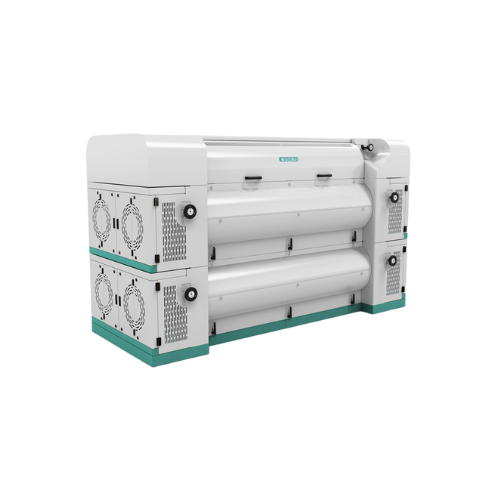
Cracking mill for oilseeds and feed processing
Efficient processing of oilseeds and feed requires a reliable and high-perf...
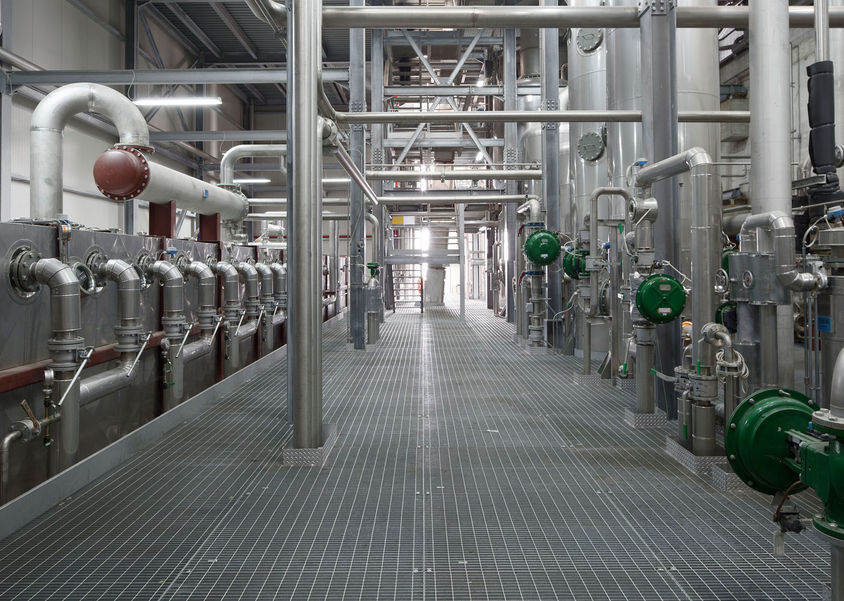
Oilseeds preparation plant
When producing customized flakes, pressed cakes, or other oilseed products, the oilseed preparati...
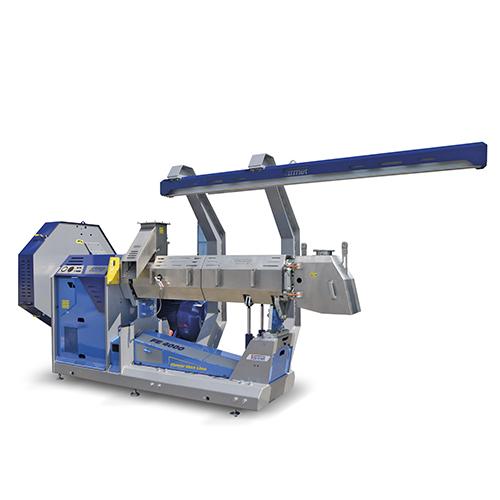
Organic soybean feed extruder
Soybeans are an essential ingredient in the creation of protein-rich animal feed. To achieve h...

Automatic palletizer machine for bags and boxes
The effective placement and positioning of bags and boxes can be a challen...
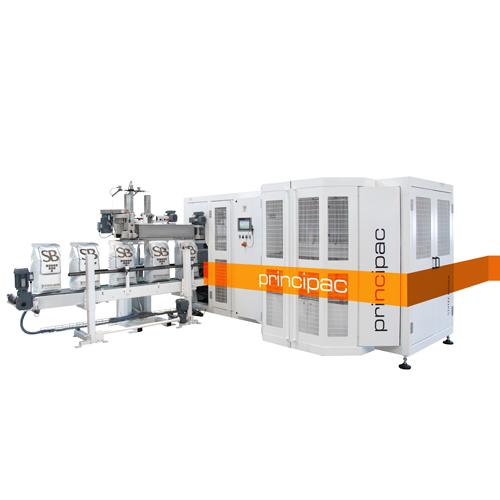
Open mouth bagging machine
If you are a manufacturer of fertilizers, bulk chemicals, sugar, seeds, or any grains it is likel...
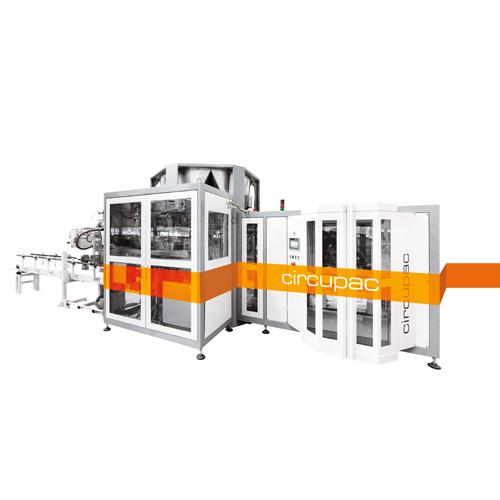
Open mouth bag filling machine for powders
The packaging of powdery products such as flour can be challenging as it is cru...
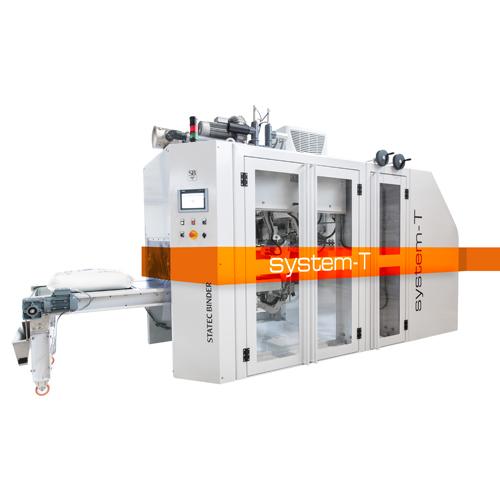
Form fill seal bagging machine
If you are in industries such as petrochemicals, fertilizers, animal feed, food, etc, you mus...
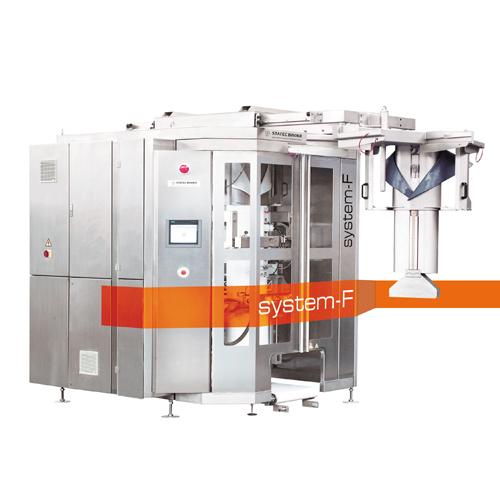
Vertical form fill seal machine
There is an increasing demand for a range of different package sizes of the same product. If...
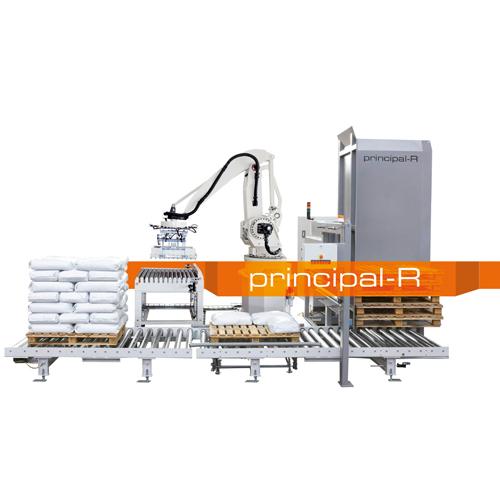
Robot palletizing system
If you are a relatively large-scale producer, packing and transporting large quantities of products ...
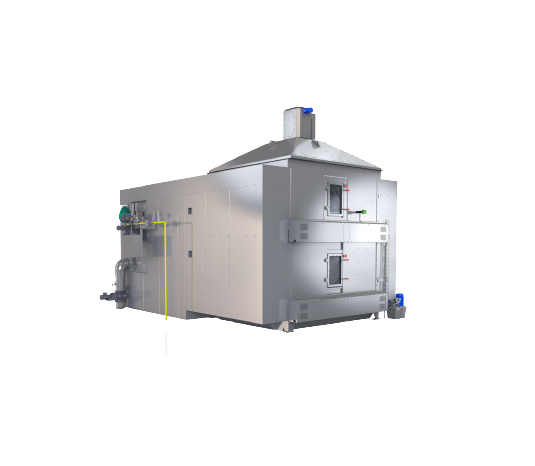
Continuous dryer machine
Traditional drying methods in the pet food, aquafeed, and extruded food industry can be the most ene...

Feeder with flexible wall hopper
The varying properties of dry powder products mean that specialized feeders are required fo...
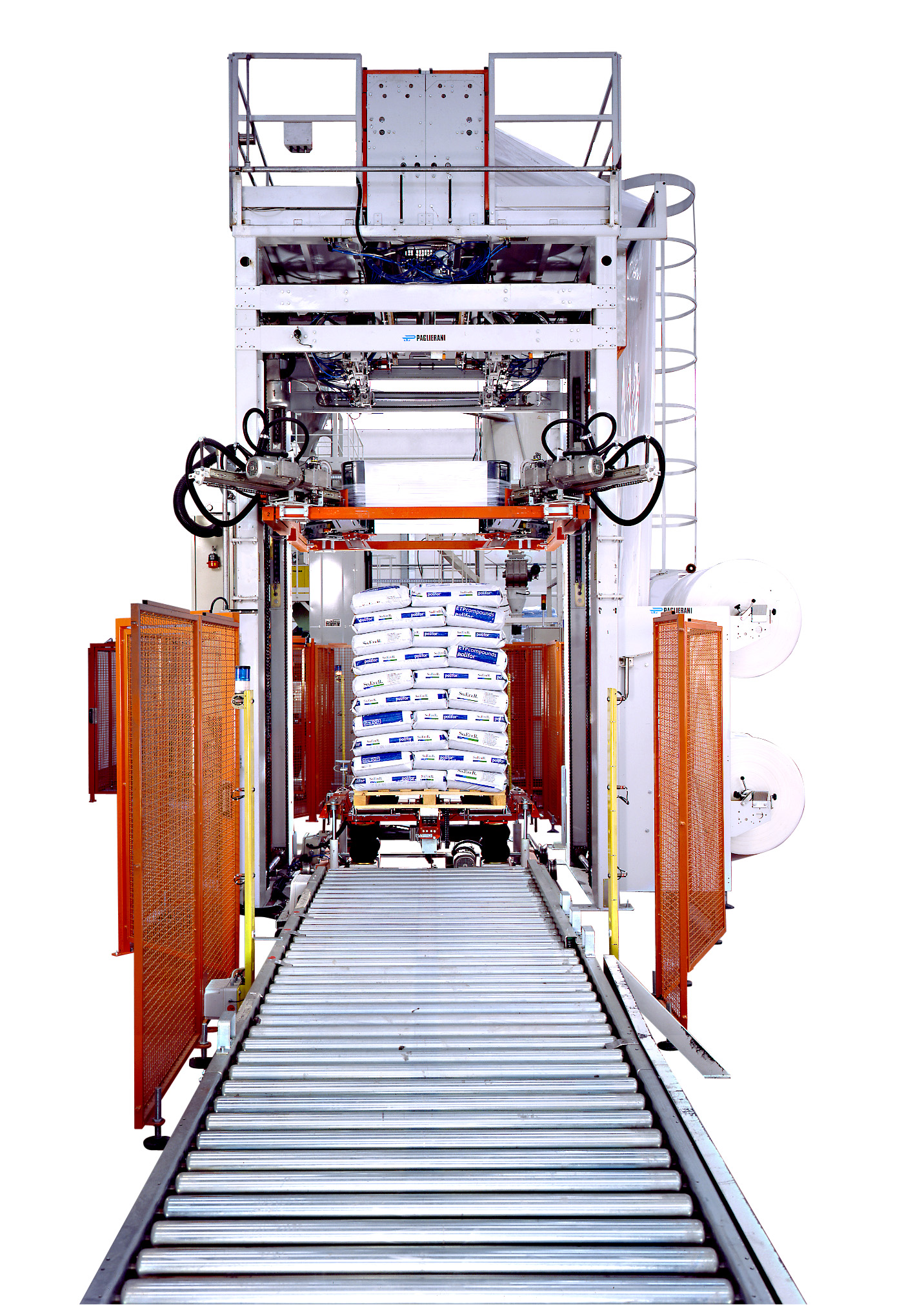
Stretch pallet hooder
Palletised loads need to be securely wrapped in order to protect them from shifting, crushing, ripped o...

Rotary bag packers for valve bags
Quick filling of bags while avoiding leakage out of the top of a bag can be challenging o...
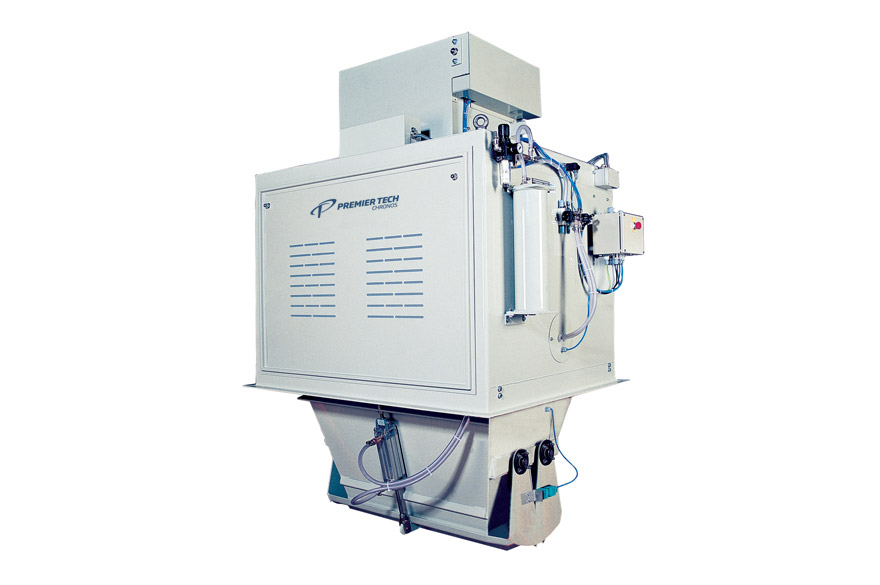
High-capacity bulk weighers
A checking weigher recognized for receiving and shipping bulk materials, typically in mills and ...
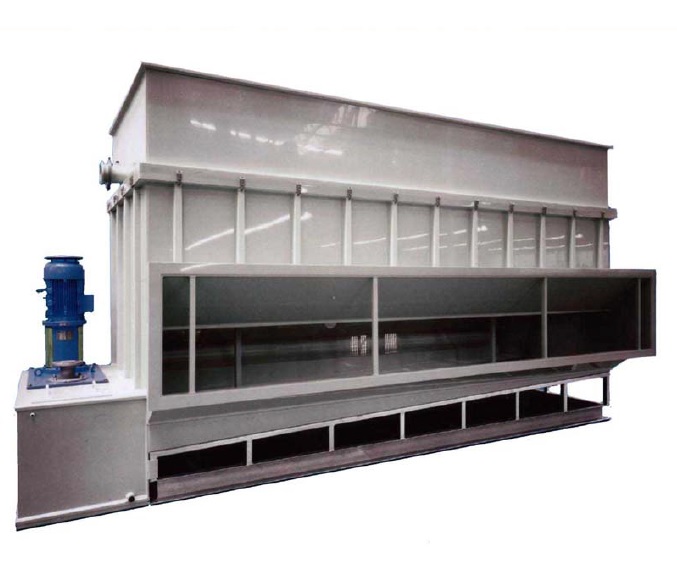
Air dehumidifier for bulk products
When your product or process is sensitive to humidity, using an air dehumidifier may res...

Compact palletizer
Choosing an accurate palletizer can be quite an advantageous move. This one is designed for euro, industri...
